Using Data Analytics to Personalize Employee Recognition Programs
In the age of big data, companies have unprecedented access to information that can enhance various aspects of their operations—including employee recognition. By leveraging data analytics, organizations can create personalized recognition programs that resonate with employees on an individual level, boosting engagement and retention.
The Importance of Personalization in Recognition
- Increased Relevance: Tailored recognition feels more genuine and meaningful.
- Enhanced Motivation: Employees are more motivated when recognized in ways that matter to them.
- Better Engagement: Personalized approaches foster stronger connections between employees and the organization.
How Data Analytics Enhances Recognition Programs
1. Understanding Employee Preferences
- Data Collection: Use surveys and feedback tools to gather information on what types of recognition employees value.
- Behavioral Analysis: Analyze engagement patterns to identify preferred communication channels and recognition formats.
2. Identifying Recognition Opportunities
- Performance Metrics: Track key performance indicators to identify achievements worth recognizing.
- Milestone Tracking: Use data to monitor work anniversaries, project completions, and personal milestones.
3. Segmenting Employees
- Demographic Insights: Understand generational or cultural preferences in recognition.
- Role-Based Analysis: Tailor recognition to different departments or job functions.
Implementing Data-Driven Recognition Strategies
1. Choose the Right Tools
- Analytics Platforms: Utilize software that can collect and analyze employee data securely.
- Integration: Ensure compatibility with existing HR systems.
2. Ensure Data Privacy
- Compliance: Adhere to data protection regulations and company policies.
- Transparency: Communicate how data will be used and obtain consent where necessary.
3. Create Personalized Recognition Plans
- Individual Profiles: Develop recognition plans based on individual employee data.
- Dynamic Adjustments: Regularly update plans as new data becomes available.
4. Monitor and Adjust
- Measure Impact: Use analytics to assess the effectiveness of recognition efforts.
- Feedback Loops: Incorporate employee feedback to refine programs.
Examples of Personalized Recognition
- Preferred Rewards: Some employees may prefer public acknowledgment, while others value private praise or tangible rewards.
- Communication Channels: Recognize employees through their preferred channels—email, instant messaging, or in-person meetings.
- Timing: Schedule recognition at times that are most meaningful to the employee.
Conclusion
Data analytics offers powerful tools for personalizing employee recognition programs. By understanding individual preferences and behaviors, companies can create more effective and meaningful recognition strategies that enhance employee satisfaction and loyalty.
Call to Action
Ready to personalize your employee recognition program using data analytics?
Olive Branch Awards can help you design customized recognition solutions that leverage data for maximum impact. Our expertise ensures that your recognition efforts resonate with each employee.
Visit olivebranchawards.com to discover how we can support your data-driven recognition initiatives.

